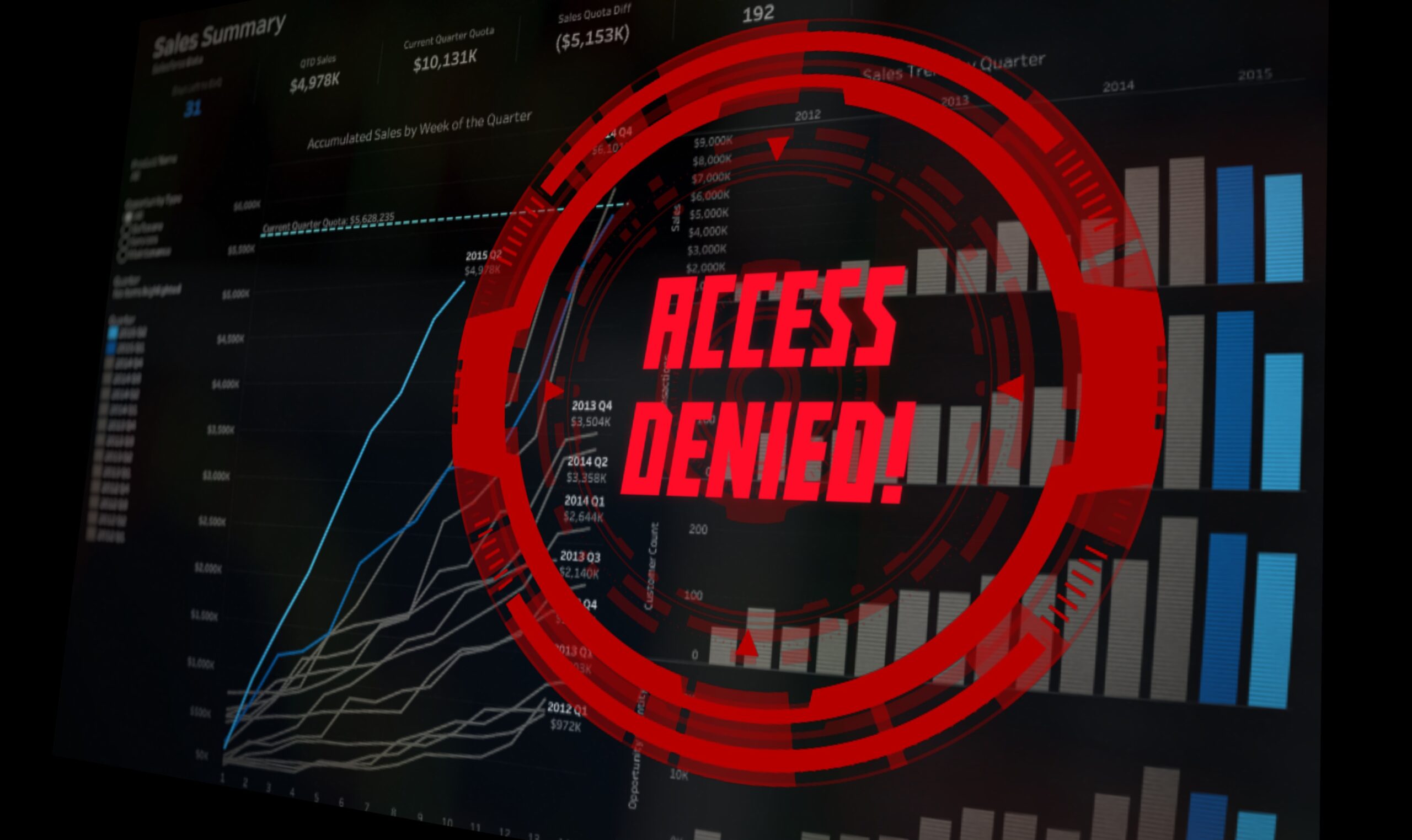Samaira Uddin of GDS discusses how civil servants can be an allies and advocates for their disabled co-workers
Credit: GDS
Some 22% of the UK population report having a disability and 13.6% of civil servants declare themselves as disabled.
It is important that we do what we can to better understand, support and celebrate our colleagues with disabilities. As we enter 2023, the value in fostering inclusivity and creating an environment where everyone feels comfortable bringing their whole selves to work should be a target for all of us.
Disability awareness is not limited to the workplace: having knowledge about disability advocacy is useful both professionally and personally. Whether you yourself are disabled, you manage someone who is disabled, you are a carer, or even just know of someone with a disability, it is important to understand the challenges they face on a day-to-day basis.
Learning and applying the Social Model of Disability can be the first step to identifying the obstacles many disabled people face.
Many forms of allyship that relate to disability are done from the basis of charity and saviour mentality. It is important to understand and reflect on if you are advocating because you accept that the systems in place are not inclusive of disabled people. By recognising this, we can move towards true progress. A great example of amending systems to be more accessible is the Web Content Accessibility Guidelines, which is an internationally recognised set of recommendations for improving web accessibility. The guidelines explain how to make digital services, websites and apps accessible to everyone – including users with disabilities.
“Be open to learning, you are not expected to know everything. Being an ally is a journey. Don’t be afraid to make mistakes: an imperfect ally is better than no ally. Attend awareness training, disability meetings or workshops to understand the issues facing those with access needs. Take those examples back to any project you are working on, challenge assumptions, challenge the status quo, just because ‘we have always done it like that’ doesn’t mean it’s the right/accessible way to do it.”
Leona Atkins, severely visually impaired (registered as blind), software developer
Non-visible disabilities
Not all disabilities are visible. Non-visible disabilities range from mental health conditions to cognitive impairments to physical health conditions such as chronic pain. Creating a space where people feel comfortable talking about their disability is a fundamental part of ensuring everyone at work feels like they can do their day job with ease and comfort. Developing an environment for open conversations around disability and preferred ways of working is critical in fostering inclusivity, the way one disabled person prefers to work cannot be generalised for all disabled people.
Familiarising yourself with small, everyday actions that can make a big difference in maintaining inclusivity and accessibility is a responsibility for everyone. Including alternative (‘alt’) text on images in your work helps colleagues who use screen readers to access and understand visual content such as images and graphs. Alt text ensures a similar experience for all. Another way to ensure inclusivity in the workplace is to check the accessibility of collaboration tools before using them. This ensures everyone can take part in activities.
Accessibility is a key part of the set-up of meetings, events and workshops. For example, avoiding standing up (gathered around a screen, wall or whiteboard) or having alternative seating options available. It is often hard for people to stand still for a long time due to specific visible and non-visible disabilities and long-term health conditions. Sharing PowerPoints, agendas and reading materials prior to meetings help colleagues prepare, plan and set expectations as taking in information on the spot can be difficult.
Exploring more accessible ways of working should be a priority for all. Simply researching and understanding more about different ways of working can help to make everyone feel welcome and included.
Disability History Month (November-December) and International Day of People with Disabilities (3 December) are landmark dates highlighting the importance of why we need to think more about inclusivity. Learning about the significance of these events provides background on the history and struggle disabled people have faced.
“Most of my experience of depression and anxiety as it relates to work comes down to being misunderstood and forced to work in ways that do not work for me. When we have to hide who we are we can’t do our best work and can burn out very easily.”
Nick Colley, neurodivergent, accessibility specialist
Use of language
Language is a fundamental part of the Social Model of Disability because language reflects the cultural assumptions and thinking of society as we know it. The power of language indicates the value put on different identities and the way in which we see each other. The evolution of language means that our vocabulary has developed in the same way society has. Language referring to disabled people in the past was often derogatory and used negatively. It is important that language is inclusive when written and spoken. Examples of how language has developed is the use of the term “able-bodied”. This term suggests that every person with a disability does not have an “able body” – instead the term “non-disabled” should be used.
Ensuring everyone feels that they can bring their whole selves to work should be a priority for all.
There are many things you can do to become a disability ally, for example creating a safe and welcoming environment to have open and honest conversations about disabilities will help to foster an inclusive workplace culture. Talk to your colleagues and find out if your department has a Disability Network or join the Civil Service Disability Network. Attending workshops and completing Civil Service Learning on becoming disability confident provides a solid foundation to learn more about how to support disabled people. Research accessibility, think about disabled colleagues when working and learn about the impact of language.
Start 2023 thinking about inclusivity.




